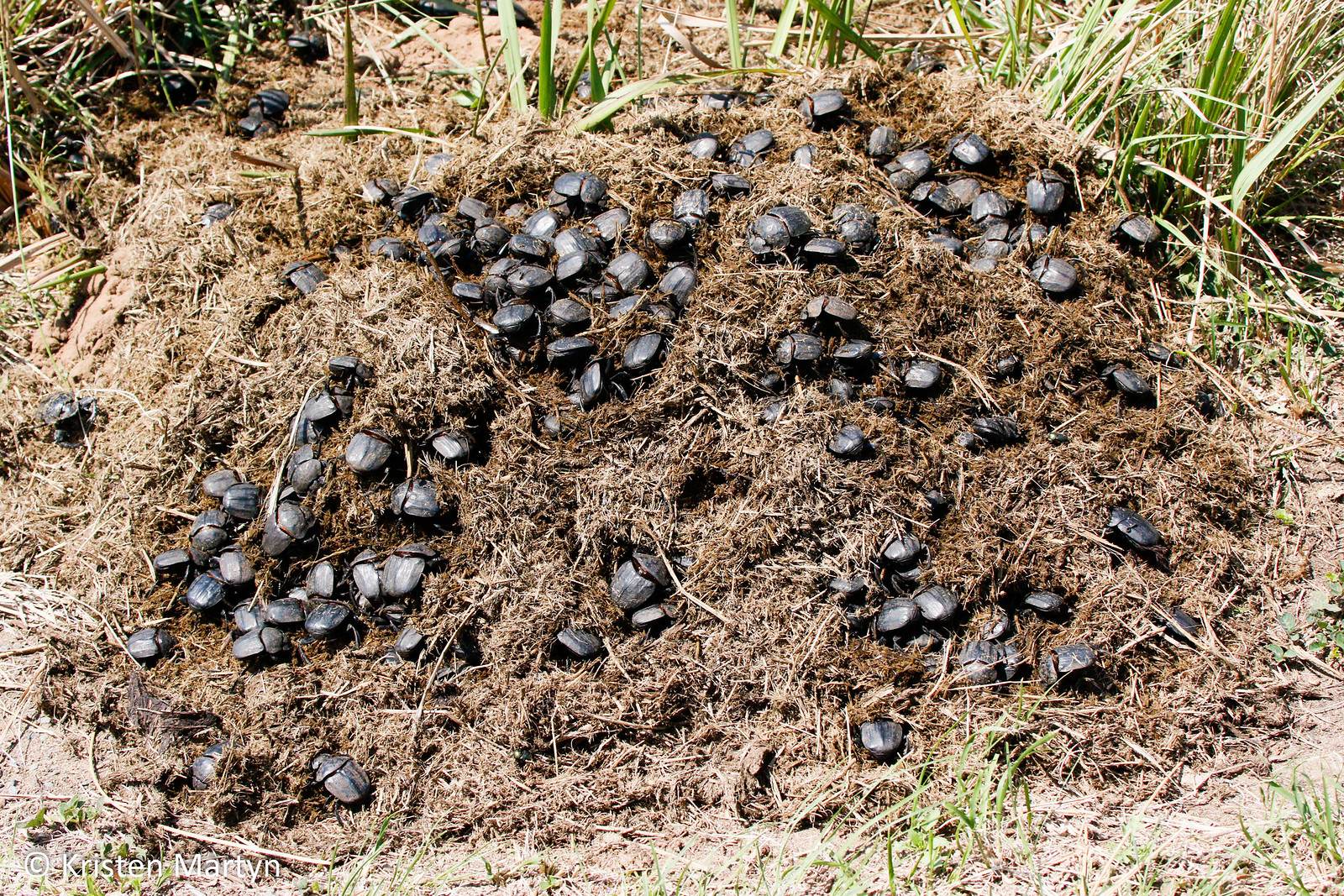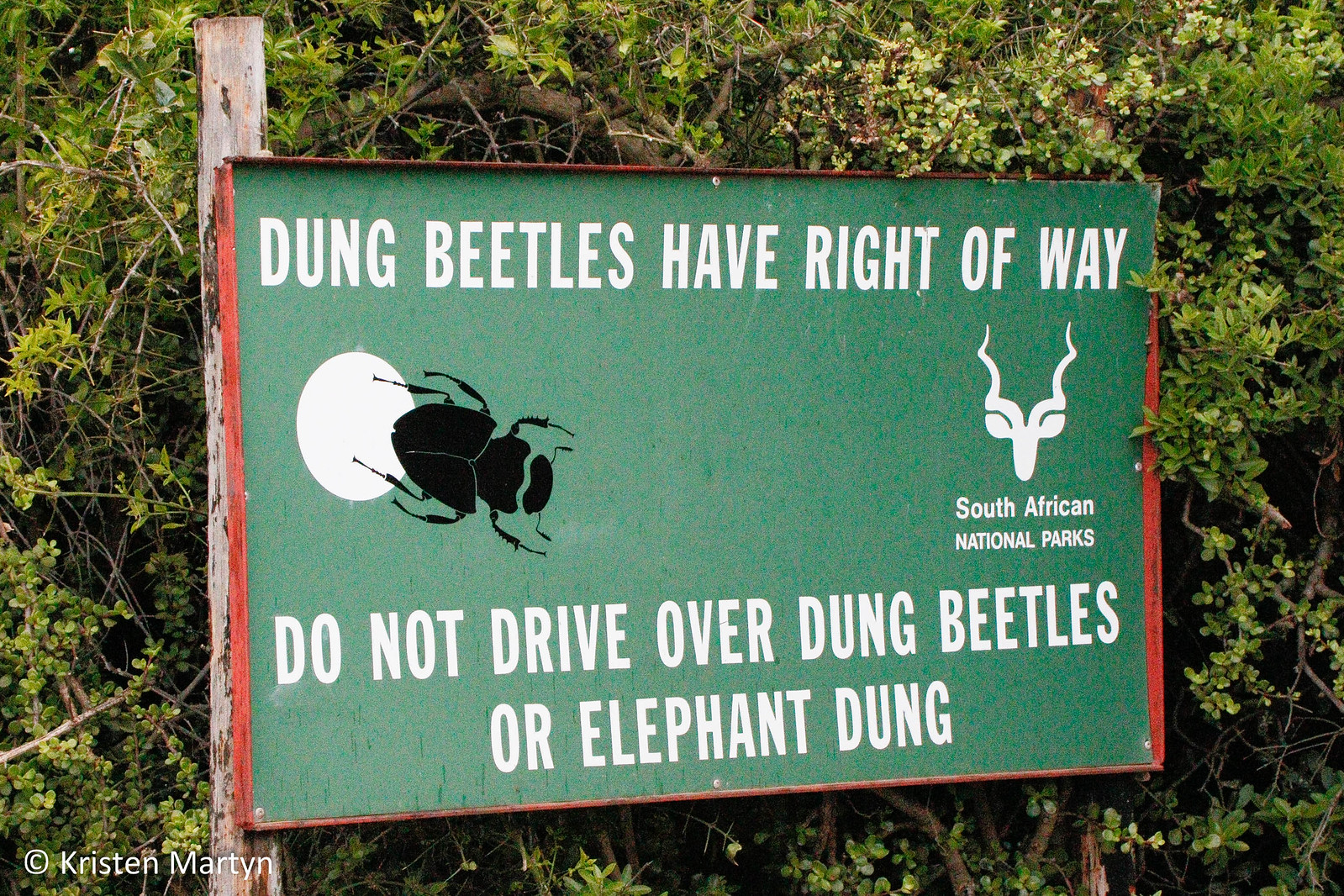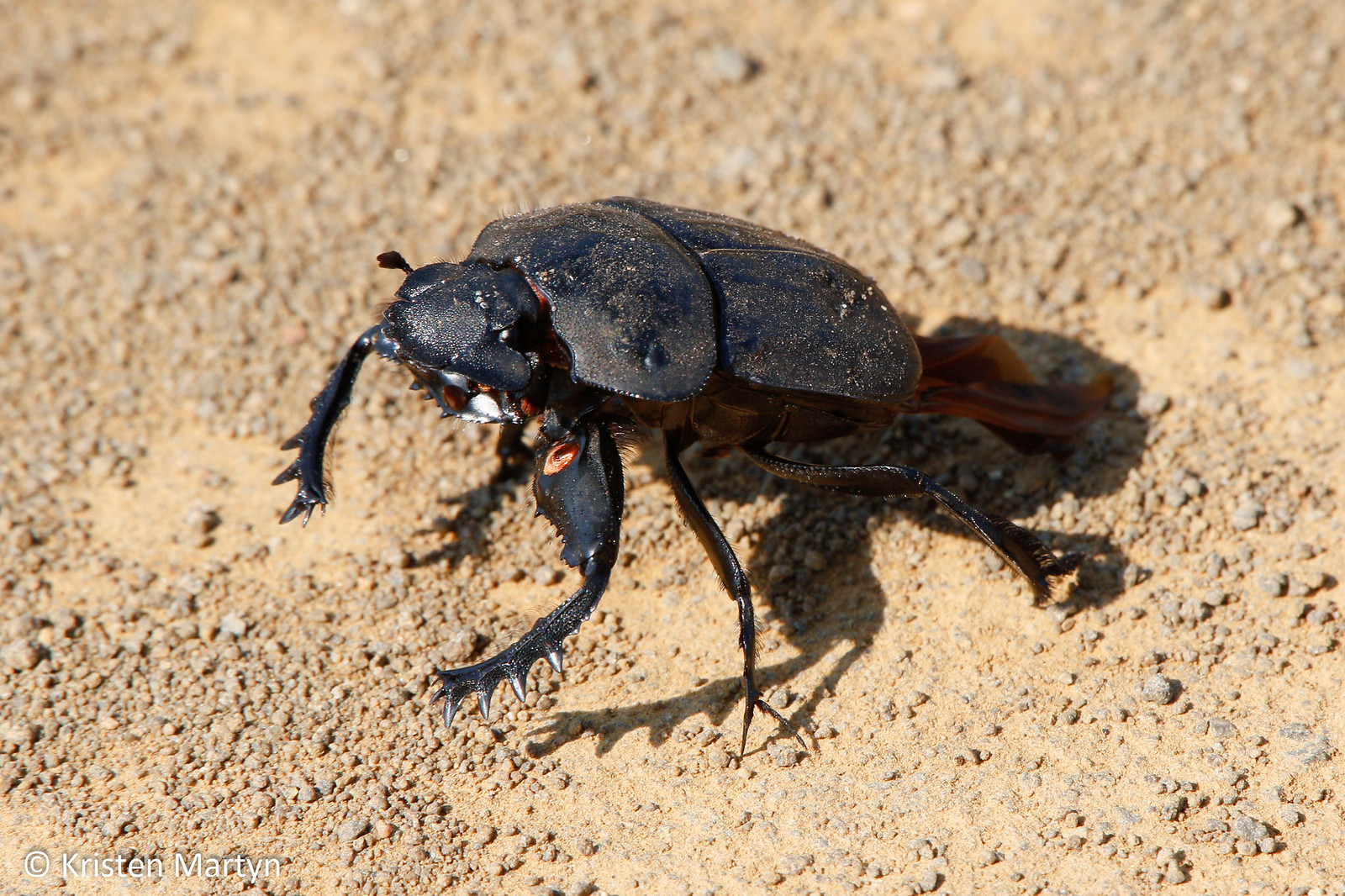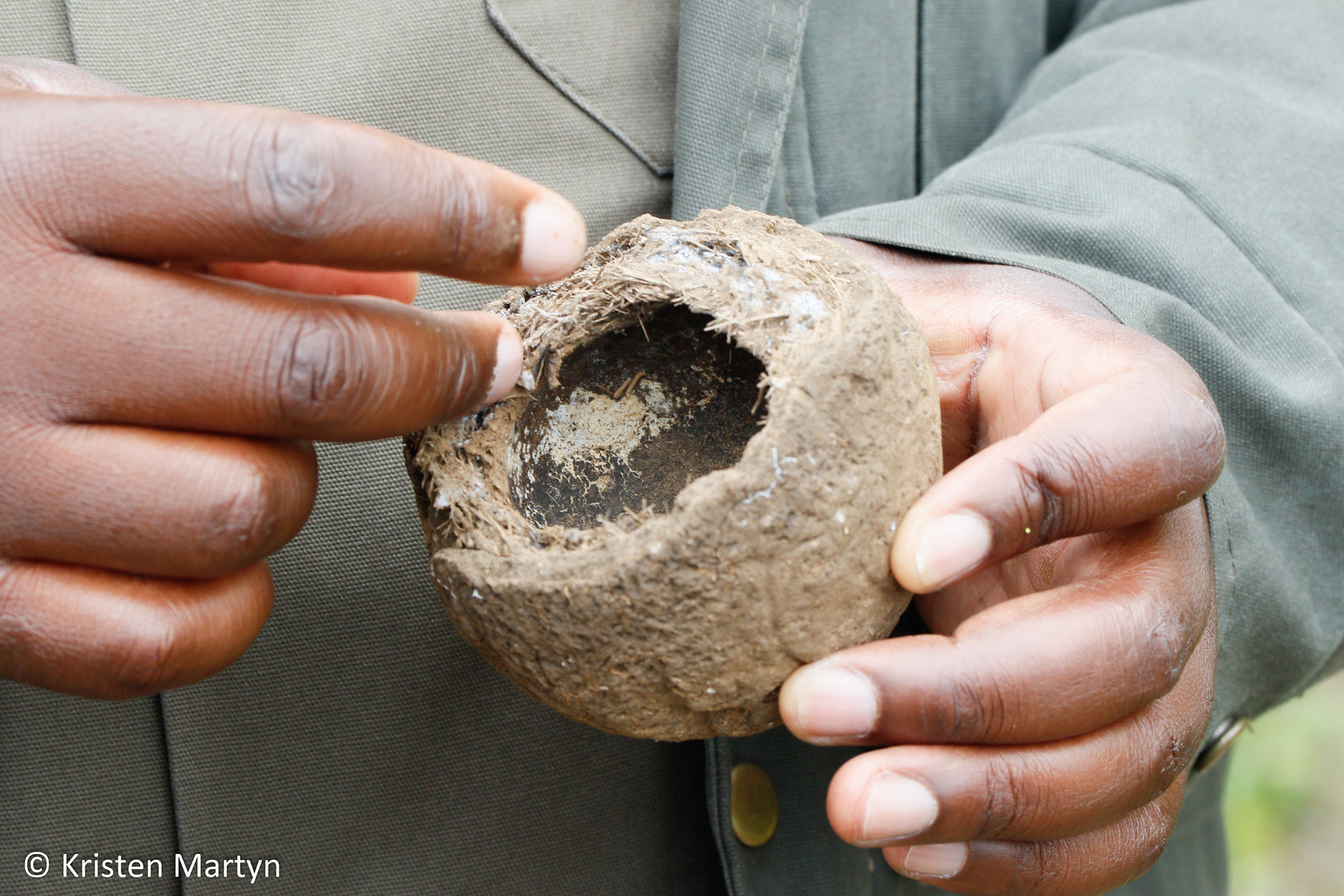I don't normally begin a blog post with a warning about the content, but for this topic I thought it may be beneficial so here it goes... This is a blog post about dung (scat), so you should probably look away and click off the post if you find this topic off-putting. I have posted a cute little bunny photo to start things off, but if you scroll further down this post you will see photos of dung (scat). The photos in this post may not be for the faint of heart, it's not too late you can still look away! Now that you have fairly warned, lets talk about dung!
Dung or scat is a valuable resource (remember nothing goes to waste in nature) for many animals and wildlife use dung in several ways including:
Dung or scat is a valuable resource (remember nothing goes to waste in nature) for many animals and wildlife use dung in several ways including:
- A source of nutrition, vitamins and minerals
- A place to raise young
- Territorial marker
- A way to attract mates
 |
| Eastern Cottontail Product Cecotropes to Eat and Get Extra Nutrition |
A Source of Nutrition, Vitamins and Minerals
If you have had a pet dog, rabbit, guinea pig or other rodent it may not be a surprise to you that many animals eat scat. Yup, there's even a word for the eating of dung, Coprophagy. While this seems gross to us it is perfectly normal for many animals (particularly herbivores) partake in this... er interesting behavior. Lagomorphs (rabbits), rodents and many other animals actually produce something called cecotropes, which essentially are nutrient rich droppings that have been specially formed in their cecum (part of the digestive track) to pass along more of the nutrients from their food. Essentially they are almost digesting their food twice, similar to the way that ruminants chew and digest their food more than once. Some animals also eat the droppings from other species to gain nutrients, for example I learned while whale watching that many fish enjoy eating whale scat. Yum!
Some other animals gain important vitamins and minerals from dung. I'm sure you're familiar that animals like flies love a good dung feast, but did you know that butterflies, as cute and beautiful as they are, also enjoy eating scat. Butterflies will often exhibit a behaviour called "mud-puddling", sometimes in large congregations, where with their proboscis they suck up fluids from soil, dung or carrion (yup meat and poop eating butterflies). Why? It seems that they gain extra nitrogen and sodium which are needed for reproduction and are scarce in their typical sugary fare of flower nectar (Lederhouse et al. 1990). This does not mean you have to offer the butterflies in your garden dung, but don't be surprised if you notice them on the manure you just spread by your veggies! Presumably other animals whom also eat dung, including moths, slugs and other invertebrates are also getting vitamins and minerals from this behaviour as well.
 |
| Viceroy and Red-spotted Purple Butterflies Eating Scat |
Dung is very nutrient rich and offers a nice humid and warm home to a variety of young invertebrates. Dung Beetles (Family Scarabaeidae) are perhaps the best example of this. These beetles have devised a safe environment for their youngsters. They do this by rolling dung in a ball with specialized combs on their legs. The Dung Beetles rolls the ball of dung and find a good resting spot for it, typically partially buried underground- I've watched them drag it down and it's difficult work! Next the female lays an egg on the dung ball, the larvae feeds on the dung and in some cases makes a nice home for itself until the day it emerges as an adult. It is a fascinating life cycle and Dung Beetles have a very necessary role (especially where elephants are found). Fun side note, people also traditionally drink tea with elephant dung in it and use it as a material for house building.
 |
| Flattened Giant Dung Beetles (Pachylomerus femoralis) in a Dung Pile |
 |
| Flightless Dung Beetle (Circellium bacchus) with Elephant Dung |
 |
| Dung Beetle Sign |
 |
| Flattened Giant Dung Beetle (Pachylomerus femoralis) |
 |
| Dung Beetle Brood Ball |
Territorial Marker
Many animals leave scat around their territory as a marker to let others know the territory is taken and actively patrolled. For example, unlike Felines (cats) who bury their scat members of the Canidae Family (dogs) leave their scat out in the open as a territorial marker. Coyotes and foxes participate in this behaviour to let other coyotes and foxes know that the territory is taken and patrolled- so stay away.
 |
| Coyote Scat on Territory with Slugs Enjoying the Nutrients |
The love life of rhinoceros is an interesting one! Let's begin with rhino middens. A rhino middens is a massive dung pile. Every rhino in the territory uses the midden with the dominant male defecating in the center. The middens serve two key purposes 1. by using the same bathroom it is harder for predators to track where the rhinos are 2. it is a rhino communication board. The middens communicate to a dominant male if a female is ready to mate, hence the interesting love life! Of course the middens attract plenty of Dung Beetles.
 |
| Rhino Midden |
 |
| Black Rhino |
 |
| White-lipped Rhino |
Happy trails!
~Kristen Martyn
















WOW. I do love butterflies.... even still but, this was not expected info! Thank you!
ReplyDelete:) Thanks for reading! ~Kristen
Delete